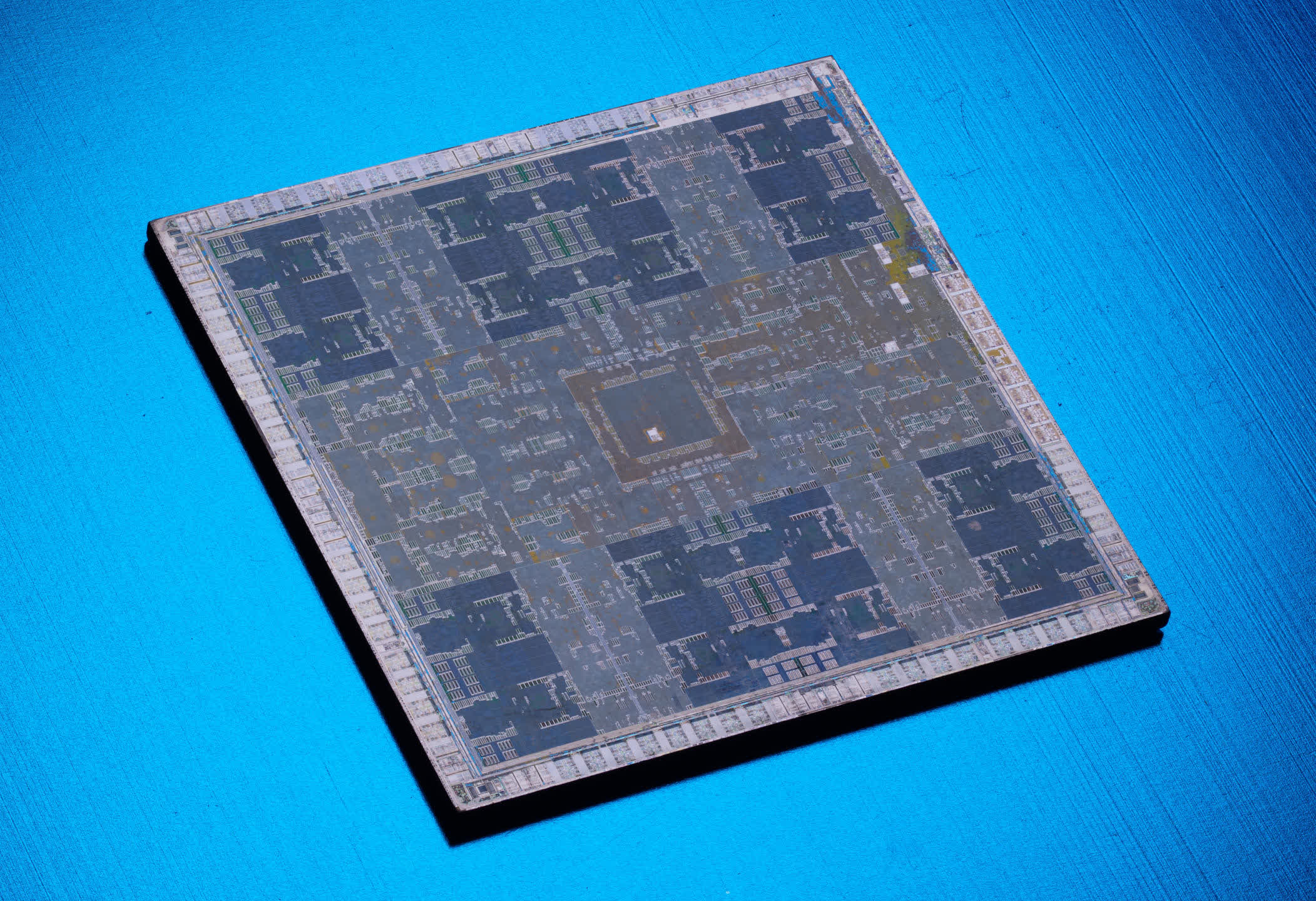A decent read for nostalgia, but I would have liked to have seen some more detail on the section about 3DFX Voodoo. The story mentions the Voodoo5, but by then, 3dfx was about to be exited from the market as Nvidia got their act together. Voodoo 1 and 2 were kings and that was the peak for them. Voodoo 3 had some time but then it was downhill.
I was a local business computer tech around those times and some fellow techs were always blowing all their money to buy the latest gear to game with and show off. I had a voodoo 1 though. When the 3DFX Voodoo 1 3D Accelerator hit, there was really no competition (surely not at a price point for consumers). Playing Quake suddenly was amazing with it even at only 640x480. Before that was just some 2d cards with chipsets from nvidia vs ATI on Vendors like Diamond and Matrox had their own chips etc.
It wasn't really until around after Voodoo2 was out dominating with 800x600 (or you could run two in SLI at 1024x768) that nVidia, after their NV3 Riva 128 and ATI's Rage fell short, released new Quake 2 drivers for their new NV4 Riva TNT graphics cards that fixed their framerates and hit close enough in 3D acceleration to compete with 3DFX (in a native 2D/3D graphics card, without a secondary accelerator add-in card) and their ascension began.
It's a nice story, because the drama had 3DFX emerge out of nowhere just about over all of the big graphics companies at that time, and they had the lead dominating, and then nVidia bounced back to then later move ahead of Voodoo3 with their nvidia TNT2 and aside from some ATI, later AMD competition, NVidia has been hard to knock out.


